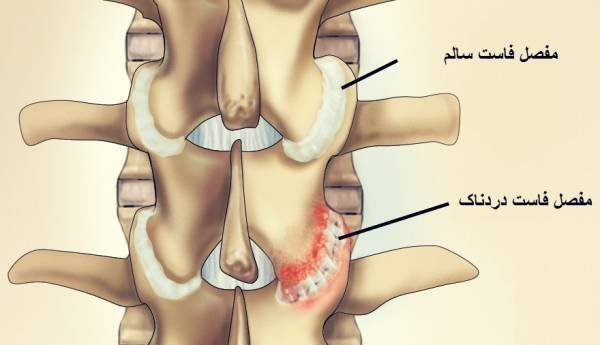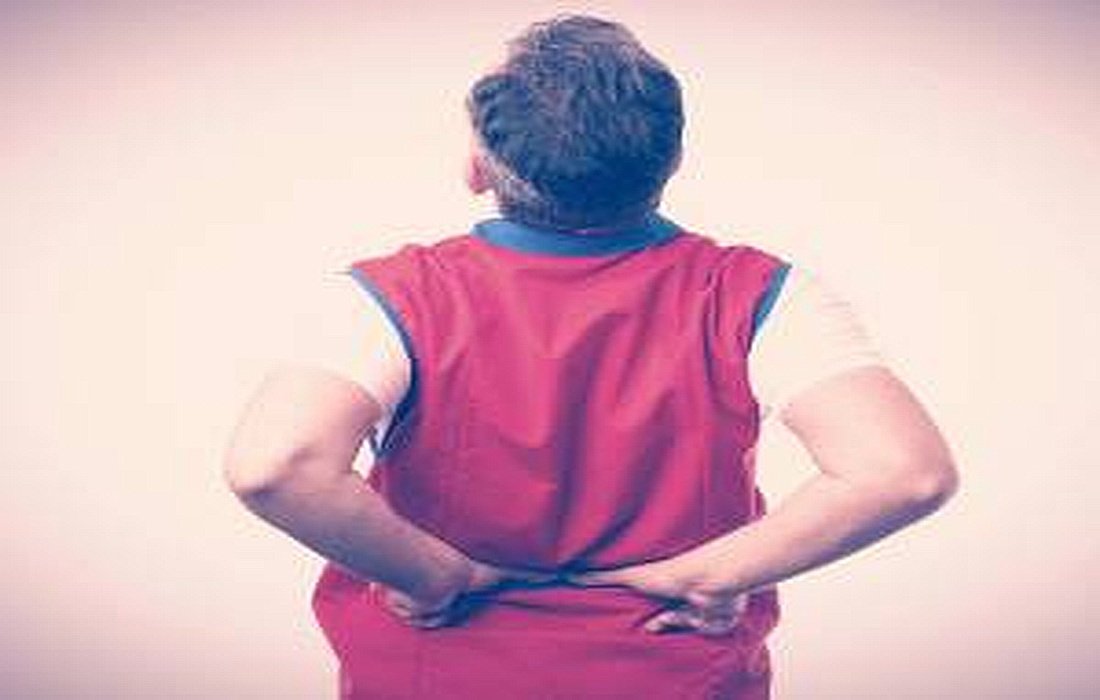Very important facts aboutspinal crackingand its sounds
When twisting and stretching the back to crack it, gas bubbles in the joint fluid are released, particularly around the facet joints, creating the cracking sound. You may hear this sound during exercise, bending, or while being examined by a physiotherapist, as they apply pressure to the spine which results in this sound.
Islower back crackingharmful when done naturally or forcibly?
Fortunately, cracking your lower back is not a concern if it occurs without pain or swelling, but if it is painful, it could be a sign ofarthritisor another condition. If you experience persistent pain in your back along with other symptoms like tingling or numbness in your arms, see a general practitioner or physiotherapist.
Effects of lower back cracking
Rapid and forceful cracking of the lower back can lead to complications described in this health section.SelMagzWe will discuss the following:
-
Nerve stretching or twisting near the spine
-
Muscle strains or tears in the back and neck
-
Damage to blood vessels (which can eventually cause)blood clots,strokesor other brain injuries)
-
Increased risk of stretching lower back ligaments and arthritis with frequent cracking.
Is it necessary to crack your back?
Regularly cracking your back is not essential, and doing so with excessive force or too often can injure your back.
Do you experience back pain andneck painafter cracking your back?
Muscle spasms, severe and dull pain, or a combination of symptoms are common after back cracking. To relieveback painand neck pain, you can gently perform some stretches andexercises at home.Yoga,Pilatesor simple back exercises for five minutes a day are alternative methods to prevent pain, tension, and stiffness in back muscles.
* Important note:The information in this section should not replace your doctor’s recommendations.
When is the cracking sound from the spine a warning sign?
Normal joint sounds with ordinary joint symptoms
are typically heard as clicking sounds during movement.
Characteristics of normal spinal sounds include:
-
They are painless and can repeat.
-
Repetition is possible after a few minutes, with different durations for each person.
-
The cracking sound may occur whether you are still or actively moving your back.
-
Normal crepitus sounds indicate specific anatomical changes in the joint, such as:
-
Creation of gaps between joint surfaces
-
Separation of adhesions in connective tissues between joint surfaces
-
Stimulation of surrounding nerves and muscles
-
Improved joint range of motion
This type of sound is more commonly heard in men.
Sounds with abnormal symptoms
Abnormal joint sounds typically have the following characteristics:
-
These sounds are usually accompanied by pain, swelling, fluid accumulation, or injury.
-
These sounds can result from degeneration, instability, soft tissue damage, fractures, or from past surgical procedures.
-
If the cracking sound is accompanied by pain, consult a doctor for a more accurate diagnosis. Intermittent, painless sounds are generally normal and not a cause for concern.
The cause of joint sounds, or crepitus
Sounds associated with spinal movement are typically produced while bending or turning the lower back and spine. The type of sound depends on its origin.
These sounds (cracks) can be caused by the joint or underlying tissues:
Joint cavitation:
The cracking sound may occur during normal movement or at the end of the range of motion. Cavitation can happen naturally during exercise or movements, or may be provoked by a surgeon or orthopedic doctor. Cavitation is usually normal and painless and often poses no concern.
Arthritic crepitus:
A sudden and strong jolt or grinding sound during spinal movement (or other joints) is typically caused by joint tears. Crepitus indicates potential bone or soft tissue damage, where you might feel vibrations instead of cracking sounds.
Facet joint capsule:
Cavitation mainly occurs in the facet joint capsule (the joint between your vertebrae) where sudden air pressure changes can cause bubbles in the joint fluid, producing sound similar to cracking knuckles, not indicative of joint damage or arthritis.
Facet joint:
When facet joint surfaces stiffen and do not move freely, crepitus may be felt. This sound could signify cartilage damage and can result from arthritis. Advanced facet arthritis may cause bone-on-bone grinding.

Connective tissue:
Muscle spasms, tendons stiffening, or adhesions in connective tissues can create cracking or grinding noises during movement. Connective tissues can stretch, return to place, and produce sounds.
Disc movement:
Disc movement within the spinal facet joint may produce sounds. Crepitus usually increases with age and may occur less (leading to looseness) or more (indicating instability) during facet movement.







